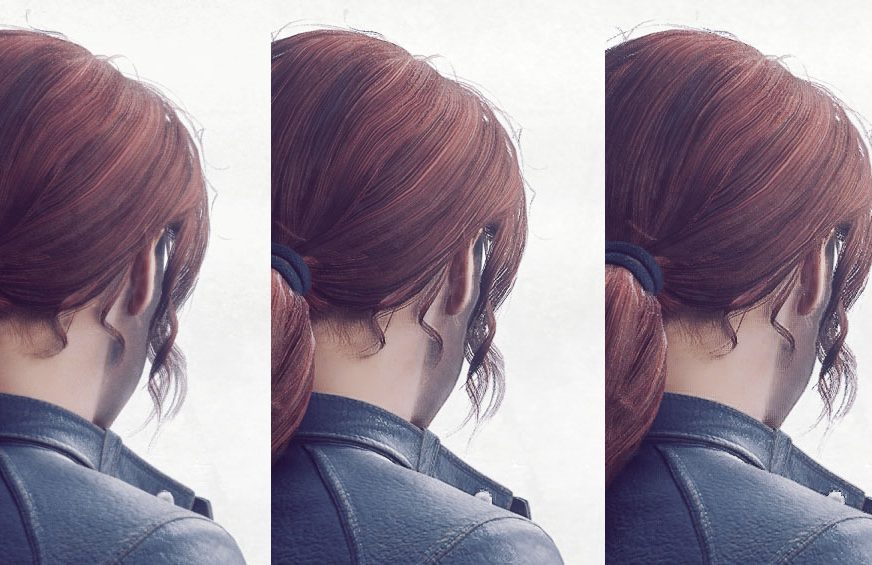DX12 Ultimate
Nvidia RTX 2000 graphics cards are slowly but surely approaching the end of their production cycle, and new models are expected in the near future. But that doesn’t mean they have nothing to offer anymore, quite the opposite. Their main strengths, such as RTX or DLSS, have undergone several revisions, so let’s look at how well these technologies are doing and how they affect performance, whether positively or negatively.
Next-gen games thanks to DirectX?
DirectX, a term that most gamers have probably heard of and encountered at least when installing games. In short, it is an API, a kind of a collection of tools for working with multimedia and game programming. It is practically the cornerstone of game development on Windows which has been with us for a long time and we are currently using its 12th iteration. Now, Microsoft has enhanced it with several new features that are closely related to the Nvidia technologies we’ve been talking about so far. While RTX and DLSS are “Nvidia Exclusive” features, thanks to cooperation with Microsoft they are reaching other platforms, such as the new generation of game consoles. So let’s take a look at what’s new with DirectX XII Ultimate.
DirectX Raytracing
The main novelty is, of course, the support of ray-tracing which takes games to a new graphic level, as we showed in a separate chapter. While until now ray-tracing has been the privilege of Nvidia graphics cards and developers had to implement a solution from Nvidia, now the support is seemingly moving down a level to the very core of game development which will result in two things. Firstly, ray-tracing will be available on more platforms, i.e. all PCs and especially on the new Xbox Series X and Playstation 5 consoles. The second consequence is that more games will support ray-tracing which has been probably the biggest disadvantage so far (apart from performance drops in RTX mode). There are still relatively few RTX titles, but with the arrival of DX XII Ultimate it can be expected that virtually all new games will already support some form of ray tracing.
Mesh shading
An interesting innovation that serves to save performance by dynamically changing the complexity of rendered models based on how close to the center of the scene and thus the field of view they are. The goal is to draw important objects with high accuracy, that is, billions of polygons, while other objects in the background do not need such detail and will be rendered with an order of magnitude smaller number, millions, hundreds of thousands of polygons. The detail of objects changes dynamically as you move through the scene. The result is, of course, higher gaming performance.
Variable rate shading
VRS brings the same benefit of increased performance but works on a slightly different principle. Again, the challenge is to focus on a substantial part of the scene, such as a car that needs to be detailed. An environment that moves quickly, i.e. the edge of the road, trees, grass, etc. is no longer so important and at high speed you can’t even notice its details. Thus, VRS allows these objects not to be drawn in every frame, again saving performance and ultimately increasing fps. This method can also be applied to objects that do not change often, such as the walls of buildings and the like. The amount of rendering will be reduced which will increase performance again. The VRS implementation by Nvidia in Wolfenstein Youngblood enabled a 15% increase in performance. Even more important is this function in VR, where thanks to Foveated Rendering it is possible to draw a detailed image in the middle of your field of view and remove details in peripheral vision that you do not see in detail which again dramatically increases performance that is always lacking in VR.
Sampler feedback
The latest new feature is Sampler feedback which allows reusing already rendered shaders or using colors that were calculated in the previous frame. It also allows streaming of detailed textures in large open world games. As with previous methods, the goal here is to reduce GPU load and divert performance to more important aspects of the scene.
Conclusion
We believe that with this article we have brought you new useful information and clarified the issues surrounding ray-tracing or DLSS with practical examples. Let us know if you use any of these technologies when gaming, or which new titles you are looking forward to. Personally, I am most curious about Cyberpunk 2077 where both RTX and DLSS should be implemented which we will definitely test after the release.
In conclusion, we can only thank our partners Nvidia and Asus for the opportunity to create such an informative article.
Special thanks to Stella from Asus
English translation and edit by Lukáš Terényi








